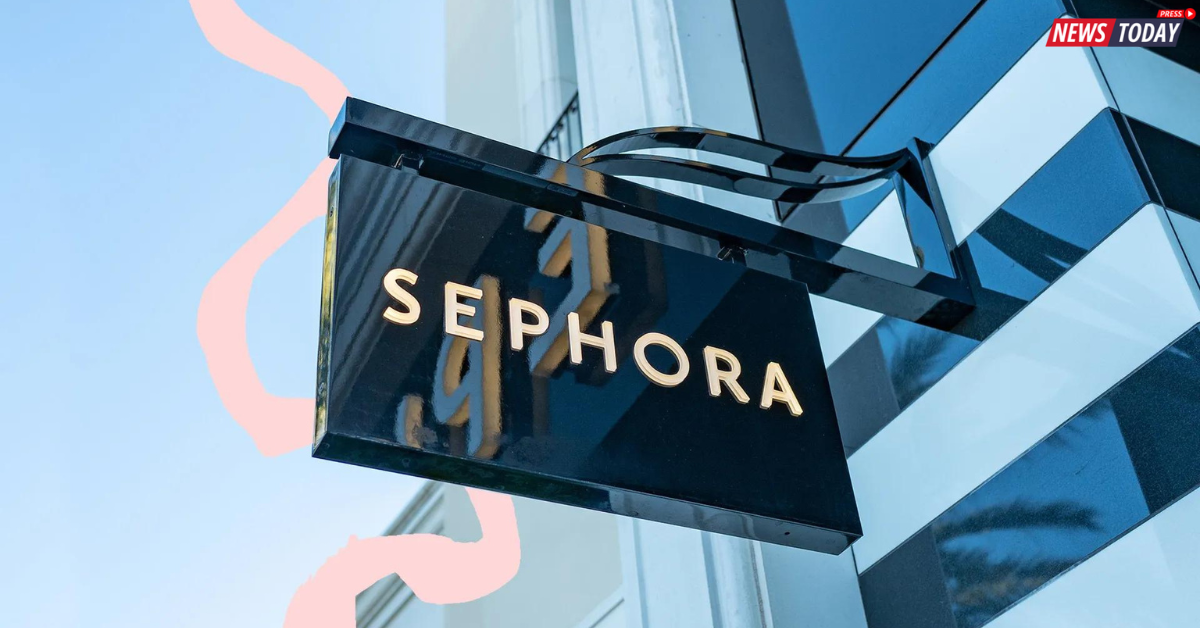Sephora, the global beauty powerhouse, has effectively penetrated the Indian market by blending its international appeal with local nuances. This article explores the brand’s multifaceted marketing strategies that resonate with both beauty enthusiasts and industry professionals.
Strategic Partnerships for Market Entry
Sephora’s success in India can be attributed to its strategic partnerships. Initially collaborating with Arvind Fashions, the brand gained valuable insights into the Indian retail landscape. This partnership facilitated the opening of flagship stores, allowing Sephora to establish a strong physical presence. After Arvind’s exit, the brand transitioned to Reliance Retail, which further strengthened its market understanding.
Omnichannel Strategy: Seamless Shopping Experience
Emphasizing an omnichannel approach, Sephora combines physical stores with a robust online presence. Operating 26 physical stores across major cities, Sephora also excels in e-commerce, collaborating with platforms like Amazon and Myntra. This strategy caters to diverse consumer preferences, ensuring a seamless shopping experience whether in-store or online.
Target Audience and Unique Offerings
Sephora targets urban, affluent consumers aged 18-35, focusing on millennials and Gen Z. The brand offers an exclusive selection of international and local products, including popular brands like Huda Beauty and Fenty Beauty, along with Indian favorites like Kama Ayurveda. This diverse product range caters to various beauty preferences, making Sephora a go-to destination.
Innovative Marketing Techniques
Sephora employs experiential retail strategies and influencer collaborations to create memorable customer experiences. In-store services like makeup consultations and product sampling set the brand apart. On social media, initiatives such as the #SephoraSquadIndia campaign allows beauty enthusiasts to share their experiences, fostering community engagement.
Challenges and Future Opportunities
While Sephora has carved a niche, it faces competition from local players like Nykaa. However, the growing beauty consciousness in Tier 2 and Tier 3 cities presents an opportunity for expansion. By adapting its strategies to local preferences and collaborating with regional influencers, Sephora can enhance its market presence.
Sephora’s marketing strategy in India exemplifies how luxury brands can thrive in emerging markets. By leveraging strategic partnerships, an omnichannel approach, and targeted marketing, Sephora has established itself as a leader in the Indian beauty industry. As it continues to evolve, staying attuned to regional trends will be crucial for its sustained success.






